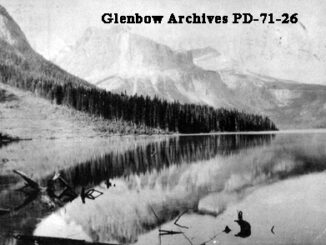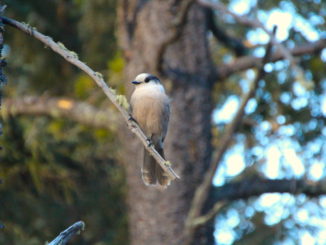Along with the rest of North America, wild bison were once plentiful within Canada’s Rocky Mountains. Bison numbers at their peak are estimated to be between 30-60 million animals. After being hunted to almost extinction, their numbers plummeted to less than 550 individuals. James Hector recorded the last known signs of wild bison in the Banff area near Pipestone Pass in 1859. By the time Banff National Park was created in 1887 (then known as Rocky Mountains National Park) the bison had been extirpated from the area due to their near extinction across the continent. In 1898, in an effort to preserve a few remaining specimens, and draw tourists to the burgeoning park, the bison paddock was created. The first bison arrived from Manitoba and were released into their new 30-hectare enclosure below the cliffs of Cascade Mountain.
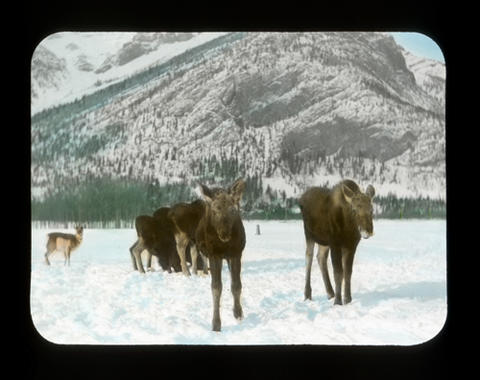
The paddock operated for nearly a century and contained anywhere from ten to 107 captive bison, along with various other wildlife species. It became a popular attraction for locals and tourists alike because wildlife sightings were guaranteed, unlike everywhere else in the park. In 1996 however, the Banff-Bow Valley study determined that the paddock was a serious barrier to the movement of other wildlife species trying to traverse the busy Bow Valley corridor. The paddock was removed in 1997 but Parks Canada vowed to study the benefits of reintroducing wild bison to Banff National Park sometime in the future.
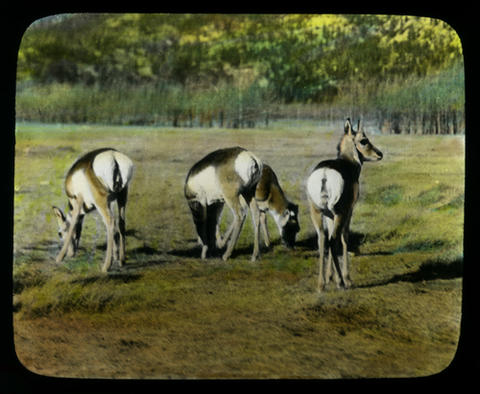
On February 1, 2017, a historic homecoming took place. Sixteen Plains Bison were relocated from Elk Island National Park to the remote Panther Valley in Banff National Park. After more than a century bison had returned to a place where they once roamed freely. We hope you enjoy this collection of historic photos of Banff’s Wildlife Paddock and to learn more about the bison reintroduction to Banff please read my previous story, Historic Homecoming: Bison Return to Banff.
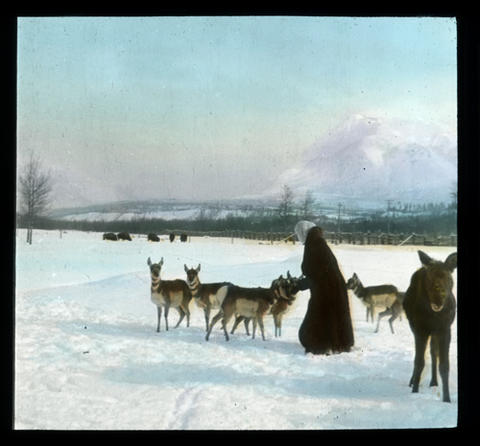
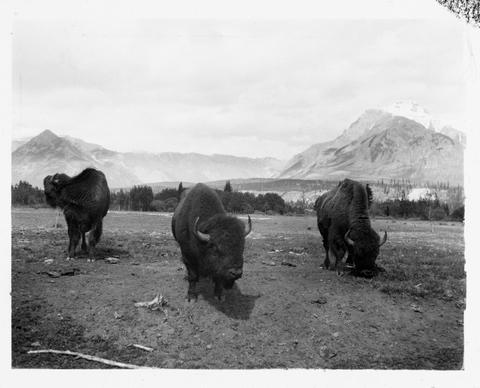
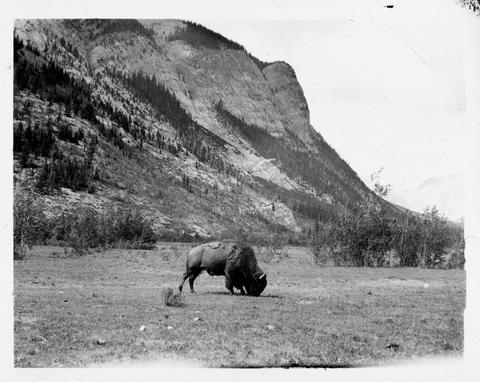
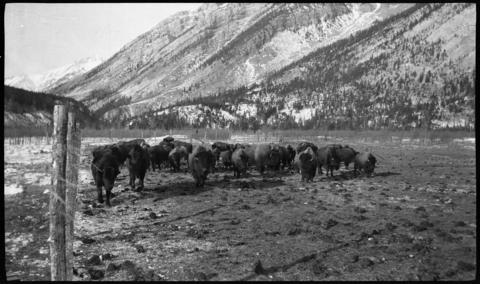
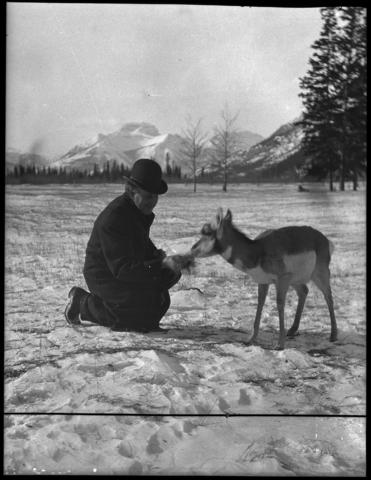
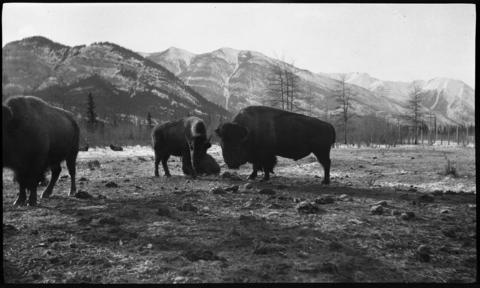
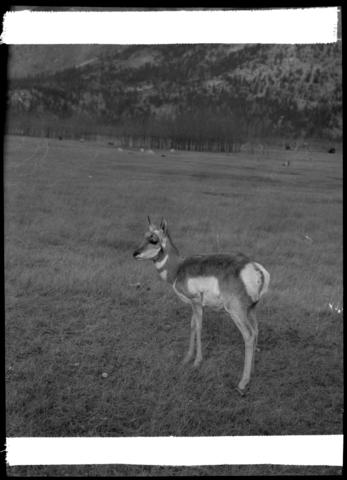
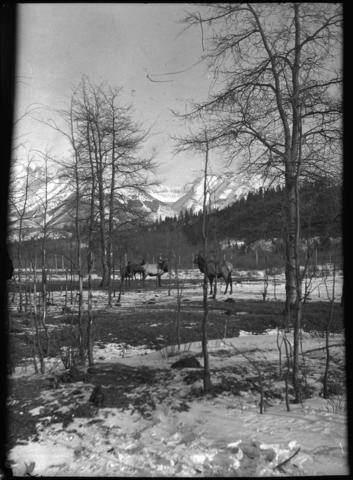
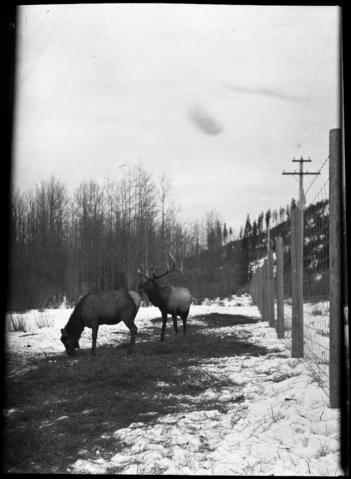
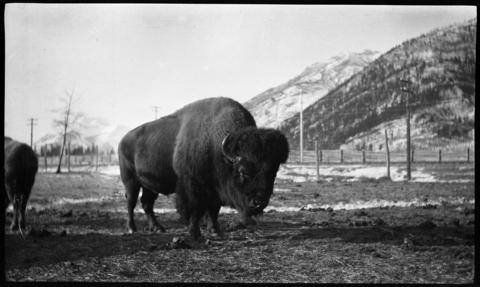

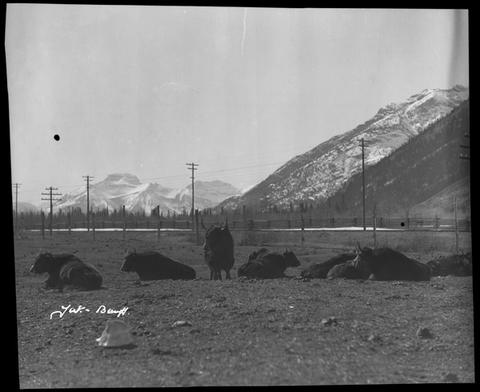
For similar stories please view my previous posts including, Historical Wildlife Photos from Across Alberta, Historical Wildlife Photos from Across Alberta: Part Two, and Historical Wildlife Photos from Across Alberta: Part Three.
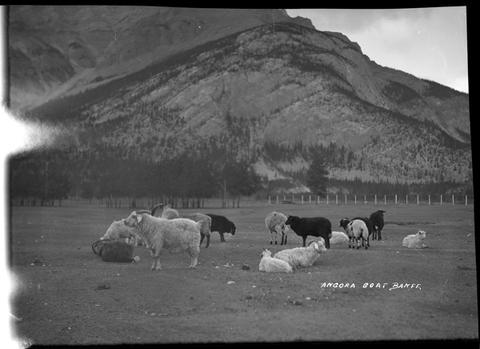
The photos above were collected from Archives Canada. If you’re interested, additional information can be found for each photograph on their website. Stay tuned for additional posts featuring historical photos from across Alberta and Western Canada. We’d love to know what you think in the comment section below.


